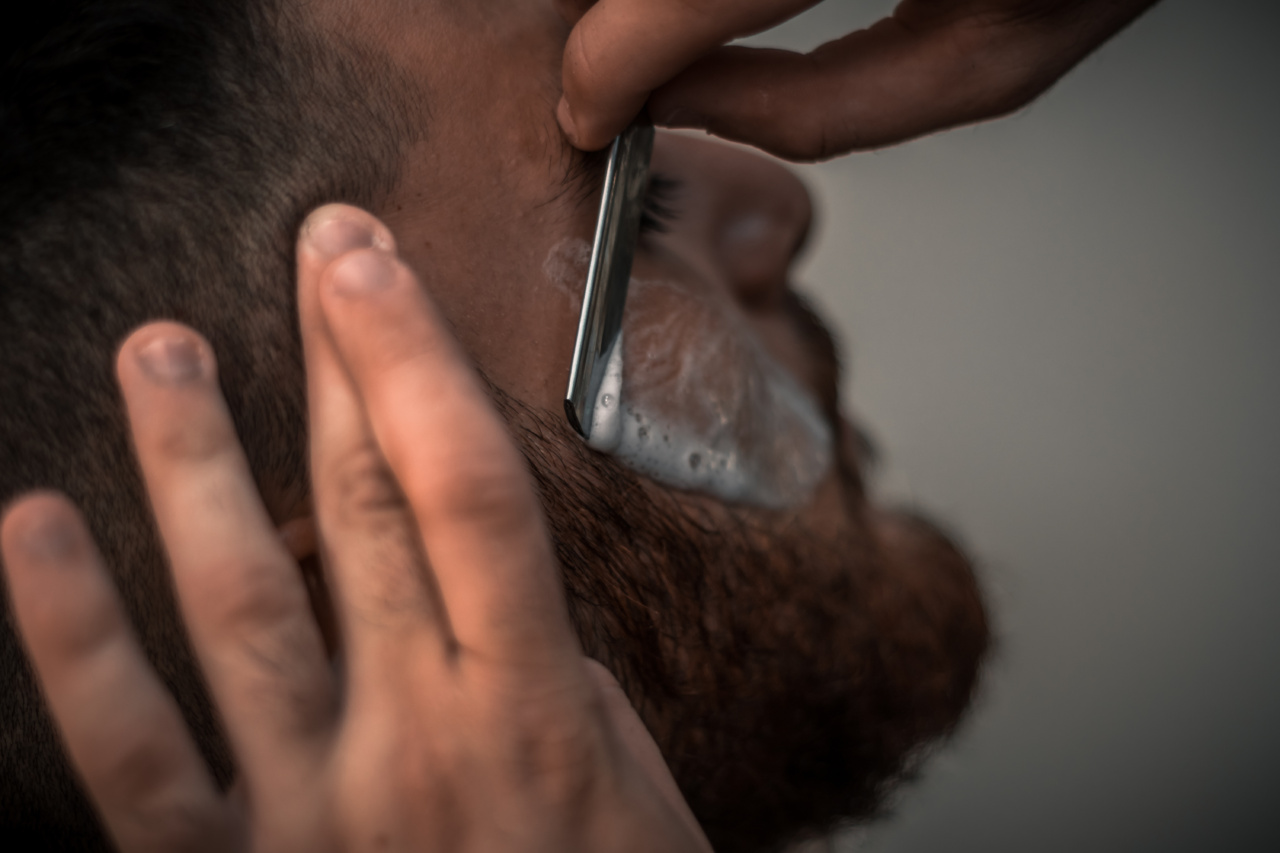Shaving is an essential part of daily grooming for many people, but it can be painful when nicks and cuts occur during the process. A close and smooth shave is always desired, but it should not come at the cost of cuts and nicks.
Therefore, it is essential to know how to avoid nicks and cuts while shaving.
Prepare the Skin
One of the essential steps to avoid nicks and cuts while shaving is to prepare your skin properly before starting the shaving process. Start by cleansing the face with warm water.
This helps to soften the skin, open pores, and lubricate the hair follicles. Use a facial cleanser to wash off any dirt and oil from your face. This will make the shaving process smoother and reduce the chances of cuts and nicks.
Use Quality Shaving Products
The quality of shaving products you use plays an essential role in preventing cuts and nicks during shaving. Use a sharp razor blade and shaving cream from reputable brands. Avoid using old razor blades, which can easily cause nicks and cuts.
Choose a good-quality shaving cream that creates a protective barrier between your skin and the razor blade. This will help the razor to glide over your face smoothly, without causing any damage to the skin.
Shave in the Right Direction
Shaving in the right direction is crucial to avoid nicks and cuts. Always shave in the direction of hair growth. Shaving against the direction of hair growth may provide a close shave, but it increases the risk of nicks and cuts.
Start at the sides of the face and move towards the center of the face, using short and light strokes. Use slow and gentle movements while shaving to prevent cuts and nicks.
Use Light Pressure
Exerting too much pressure while shaving can also cause nicks and cuts. Use light and gentle pressure while shaving to avoid any damage to your skin. Let the razor do the work, and avoid applying too much pressure.
This will prevent the razor blade from cutting too deep into the skin, which can cause bleeding and painful cuts.
Reduce the Number of Strokes
The more strokes you use while shaving, the higher the chance of nicks and cuts. Reduce the number of strokes while shaving to prevent any damage to your skin. Use long and smooth strokes while shaving, and avoid going over the same area multiple times.
This will also reduce the irritation caused by shaving and prevent razor burn.
Wash Your Face After Shaving
After shaving, it is essential to wash your face with cold water to close the pores and prevent any infections. Use a facial wash or cleanser to remove any remaining shaving cream residue and soothe the skin.
Pat your face dry with a clean towel, instead of rubbing it, to prevent any irritation or damage to the skin.
Apply a Soothing Aftershave
Finally, apply a soothing aftershave balm or lotion to calm the skin and reduce the chances of nicks and cuts. An aftershave helps to soothe the skin and prevent any razor burn or irritation.
Choose an aftershave that contains natural ingredients like aloe vera or chamomile that are gentle on the skin. This will help to keep your skin smooth, moisturized, and healthy after shaving.
Conclusion
Shaving is an essential part of personal grooming, but it can be painful when nicks and cuts occur. By following the above tips, you can avoid nicks and cuts while shaving and achieve a close and smooth shave without any damage to your skin.
Remember to prepare your skin properly, use quality shaving products, shave in the right direction, use light pressure, reduce the number of strokes, wash your face after shaving, and apply a soothing aftershave to keep your skin healthy and smooth.






























